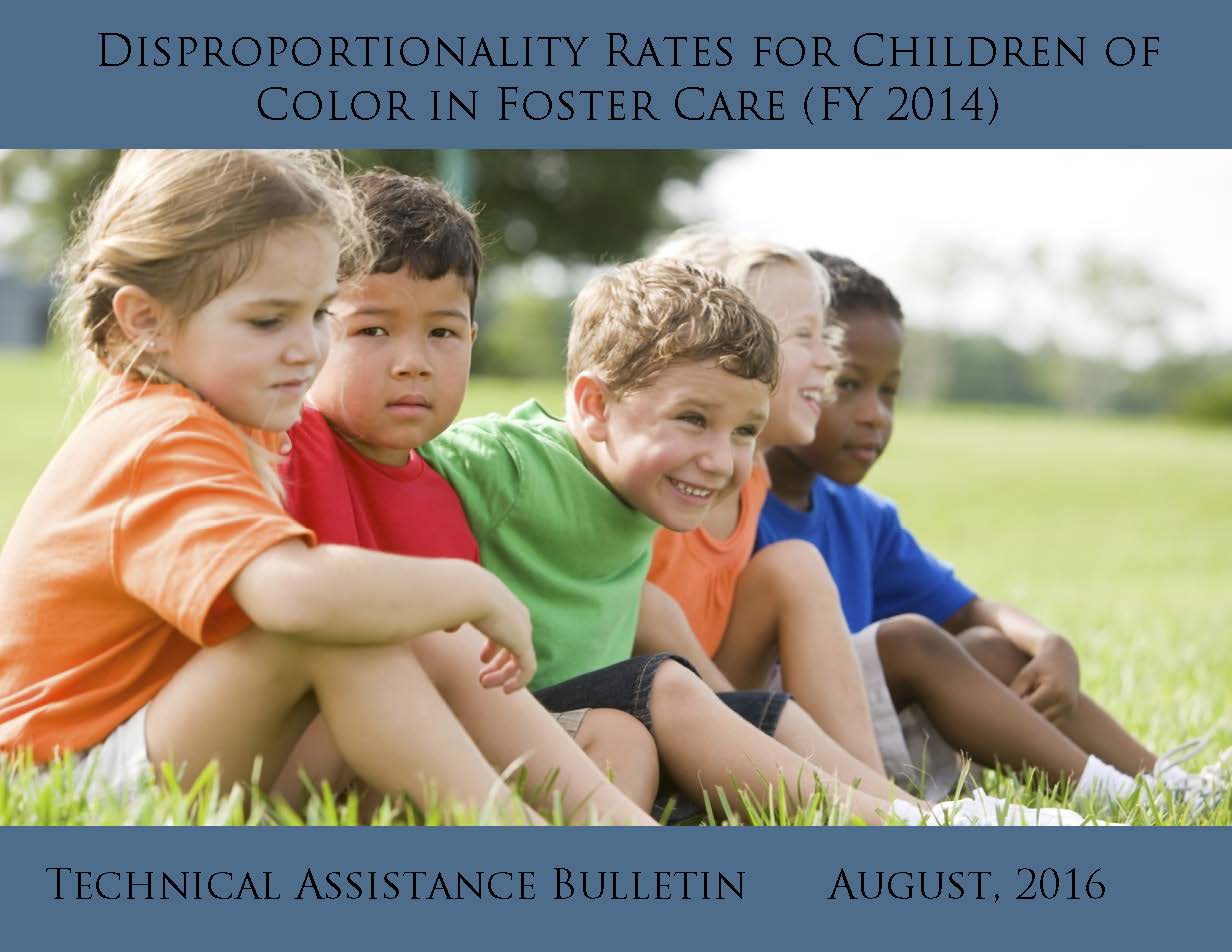Native Children Over-represented in Foster Care
Summary
“Children of color are disproportionately represented in the United States foster care system. In most states, there are higher proportions of African American/Black and American Indian children in foster care than in the general child population…. American Indian children represented 1.9% of the foster care population, yet only encompassed 1.3% of the general child population.” This is even worse in some states, such as Minnesota, which has a disproportionality index for American Indian children of nearly 17. The report from the National Council of Juvenile and Family Court Judges puts the spotlight on the percentages of Native children over-represented in foster care in different states when compared with the level at which they are present in the general child population. These data are especially troubling because they reflect social reality decades after passage of the Indian Child Welfare Act of 1978, which aimed to keep Native children with Native families.
compelling question
Why are Native children over-represented in foster care when compared to their proportion in the general child population?
SOURCES
National Council of Juvenile and Family Court Judges, Disproportionality Rates for Children of Color in Foster Care (Fiscal Year 2014).
Sullivan, L., & Walters, A. (October 25, 2011). Native Foster Care: Lost Children, Shattered Families. National Public Radio. Available online at http://www.npr.org/2011/10/25/141672992/native-foster-care-lost-children-shattered-families and http://www.npr.org/2011/10/25/141475618/disproportionality-rates-of-native-american-children-in-foster-care.
Questions & Activities
Read the copyright page (p. 2) of Disproportionality Rates for Children of Color in Foster Care (Fiscal Year 2014). For whom was the report written? Why do you think was it written?
Consider the word “disproportionality” and its definition on p. 7. Come up with two other examples of how the word can be applied. Find the disproportionality index for children in the child welfare system in your state, starting on p. 19. What story do the bar graphs tell?
Study the map on p. 12. How does your state compare to neighboring states in the disproportionality index of Native children in foster care?
Who are the Native peoples in your state? What are you taught at school about them, their history, and current reality?
How much do Native people interact with non-Natives in your state?

